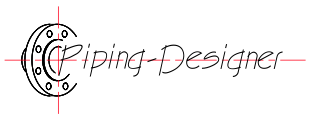Thrust Force for a Rocket Engine in a Vacuum
Thrust Force for a Rocket Engine in a Vacuum formula
|
||
| \( F \;=\; \dot m_f \cdot v_e \) | ||
| Symbol | English | Metric |
| \( F \) = Thrust Force | \(lbf\) | \(N\) |
| \( \dot m_f \) = Mass Flow Rate of the Exaust | \(lbm \;/\; sec\) | \(kg \;/\; s\) |
| \( v_e \) = Exaust Velocity | \(ft \;/\; sec\) | \(m \;/\; s\) |
Thrust force for rocket engines in a vacuum, abbreviated as \( F \), is the force generated by the expulsion of high-speed exhaust gases from the rocket's nozzle, propelling the rocket forward according to Newton’s third law of motion. In a vacuum, where there is no atmospheric pressure, the thrust force is determined primarily by the mass flow rate of the propellant and the velocity at which the exhaust is ejected. The design of the rocket nozzle, optimized for vacuum conditions, maximizes the expansion of exhaust gases to achieve higher exhaust velocities, thereby increasing thrust efficiency. Unlike in an atmosphere, where external pressure affects nozzle performance, a vacuum allows for ideal expansion, making engines like those used in space highly efficient. The thrust force remains independent of external medium in a vacuum, relying solely on the rocket’s ability to eject mass at high speed, which is why rockets can operate effectively in the absence of air.
